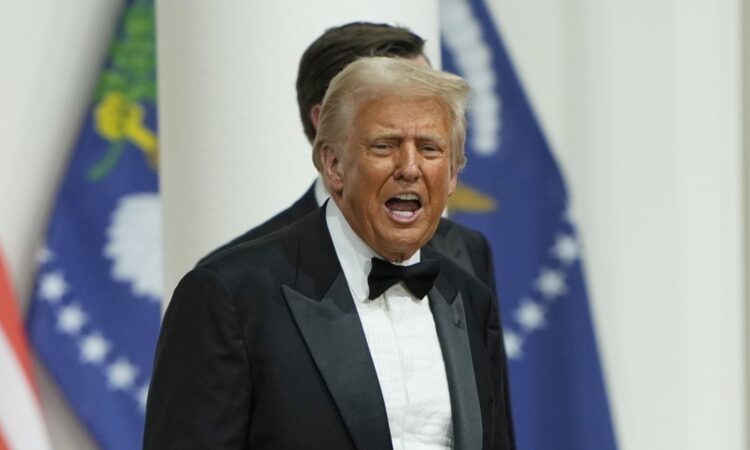
Tariffs were the theme throughout inauguration day, with Trump saying such measures would generate “massive amounts” of federal income as his administration works to rebuild American industry. He said they would be collected by a new agency called the External Revenue Service.
“Tariffs are going to make us rich as hell,” Trump later told supporters at Capital One Arena in Washington. “It’s going to bring our country’s businesses back that left us.”
CHINA ACTIONS
Trump’s trade memo called for the USTR to assess China’s performance under the “Phase 1” trade deal he signed with Beijing in 2020 to end a nearly two-year tariff war.
The deal required China to increase purchases of US exports by US$200 billion over two years, but Beijing failed to meet the targets as the COVID-19 pandemic hit.
USTR will determine China’s compliance to recommend appropriate actions “up to and including the imposition of tariffs or other measures as needed”, it said.
The memo also asks USTR to recommend possible changes to China’s Most Favored Nation trading status and to investigate other Chinese economic practices that may be “unreasonable or discriminatory and that may burden or restrict US commerce” – language associated with Section 301 investigations such as those used to impose tariffs on Chinese goods during Trump’s first term and continued by former president Joe Biden.
The new president also signed an executive order delaying the enforcement of a ban on popular short-video app TikTok, but said he might impose tariffs on China if Beijing did not approve a potential US deal with TikTok.
During his election campaign, Trump vowed to impose steep tariffs of 10 per cent to 20 per cent on global imports into the US and 60 per cent on goods from China to help reduce a trade deficit that now tops US$1 trillion annually.
Such duties would tear up longstanding trade agreements, including the US-Mexico Canada Agreement (USMCA) upend supply chains and raise costs, according to trade experts.
The memo calls on USTR to launch public consultations to prepare for a 2026 review of USMCA, and assess its impact on American workers, farmers, ranchers, and service providers.




